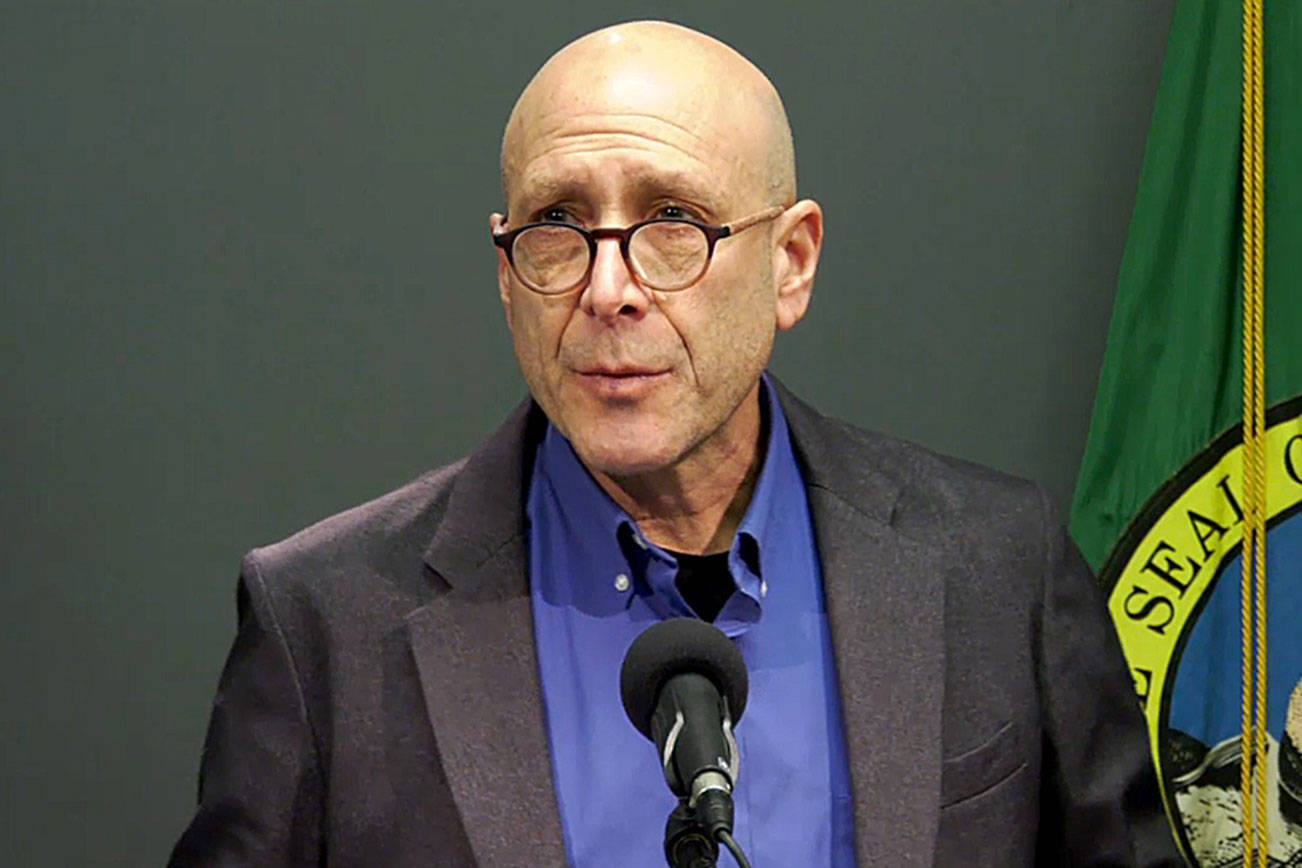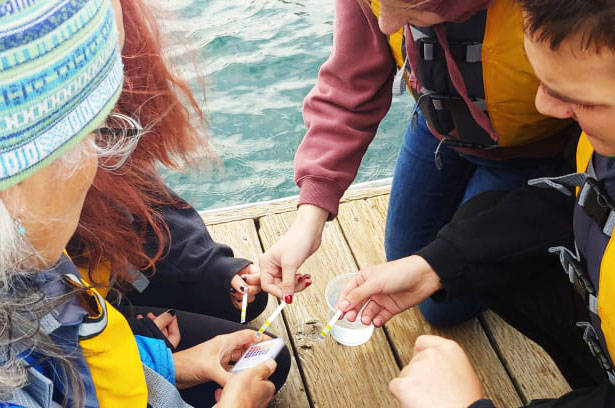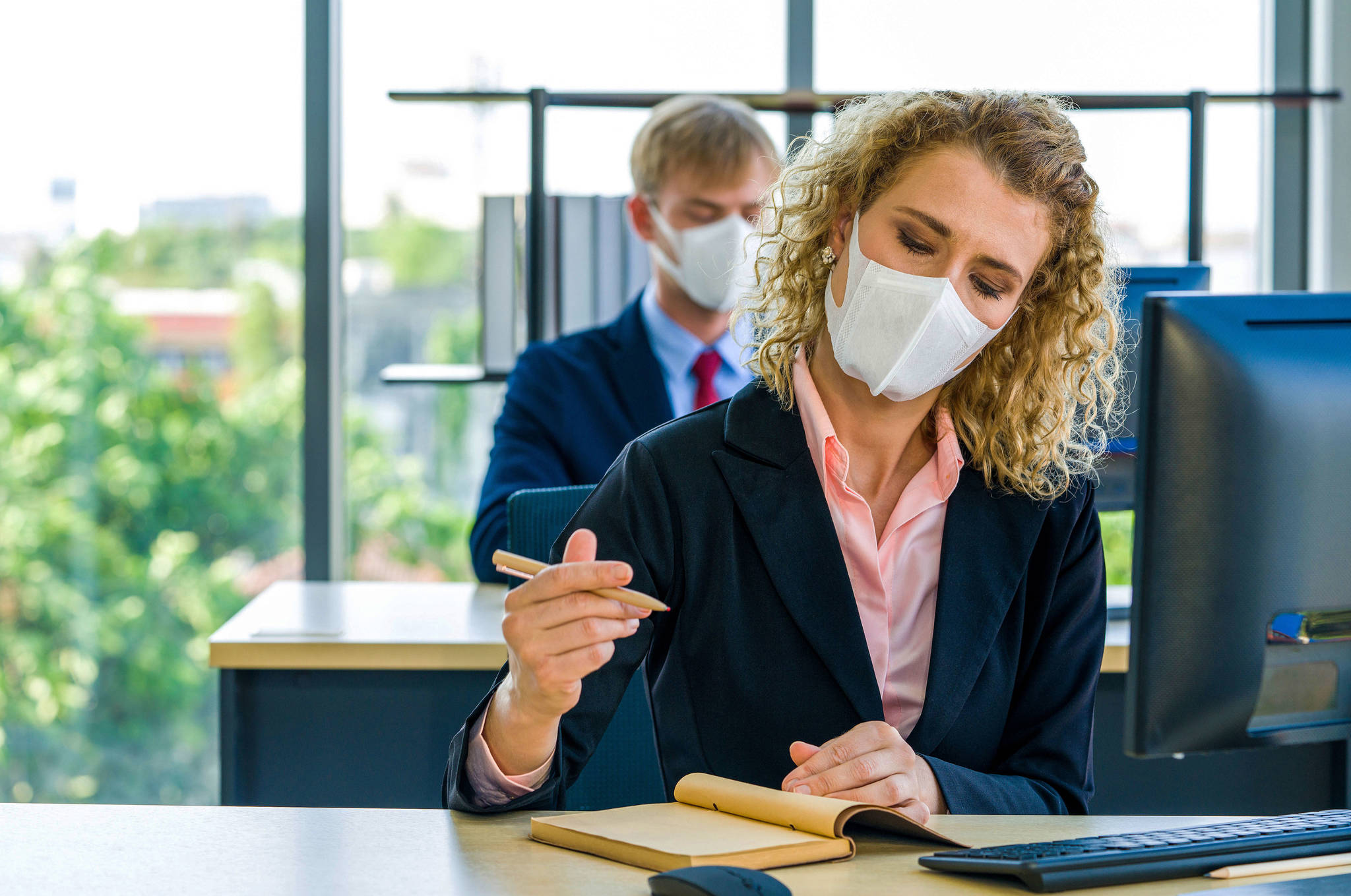By Public Health – Seattle & King County
Reductions in person-to-person contact through a variety of social distancing measures appear to be making a difference in slowing the spread of COVID-19 in King County, but those measures need to continue to succeed in decreasing and delaying the outbreak peak, according to two new reports by the Bellevue-based Institute for Disease Modeling (IDM).
Working with Public Health – Seattle & King County and using data from both Washington State Department of Health and Facebook, IDM first looked at changes in population mobility (people going to school, work, etc.) following increasing levels of social distancing measures in King County and Washington state, culminating in the statewide “Stay Home, Stay Healthy” order. Using anonymized mobility data, results showed reductions in mobility beginning in early March, according to a Monday report by Public Health – Seattle & King County.
The IDM researchers then looked to see if these reductions in mobility could be related to reductions in COVID-19 transmission. Using a simulation of COVID-19 testing, diagnosis and death data for King County, they found that a measure of transmission, called the effective reproductive number, dropped by about half from about 2.7 in late February to roughly 1.4 on March 18. This number represents the number of new transmissions stemming from each infection. In order to sustain a drop in new cases, each infected person, on average, must infect fewer than one person.
“We are seeing a positive effect from the social distancing and other measures we’ve put in place, although significant numbers of cases and deaths continue to occur,” said Dr. Jeff Duchin, Health Officer for Public Health – Seattle & King County. “It’s important to note that these findings are based on relatively few cases and persons tested, and therefore come with a great deal of uncertainty. Continued monitoring with the measures in place will lead to more reliable data.
“No one should take these findings as an indication to relax our social distancing strategy. The threat of a rebound that could overwhelm the health care system remains and will remain for the foreseeable future if we let up too soon. We absolutely need to continue the current distancing measures and to continue monitoring the epidemic and its impacts as testing increases to determine if any adjustment to our response is needed. At the same time, we must continue to advocate for and provide support to the many Washingtonians who are suffering from unintended economic and social impacts of this necessary disease control strategy.”
“Our model looks at the data to determine if social distancing measures are slowing the spread of COVID-19, said Dr. Daniel Klein, computational research team lead at IDM. “While the results indicate an improvement, the epidemic was still growing in King County as of March 18. The main takeaway here is though we’ve made some great headway, our progress is precarious and insufficient.”
IDM shapes global efforts to eradicate infectious diseases and to achieve permanent improvements in the health of those most in need. An institute within the Global Good Fund, IDM is a collaboration between Intellectual Ventures and Bill and Melinda Gates. IDM is contributing modeling and analytic services to local and state governments to support COVID-19 response efforts.








